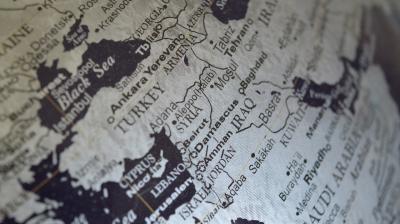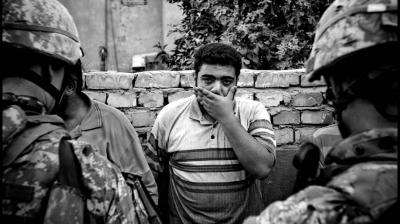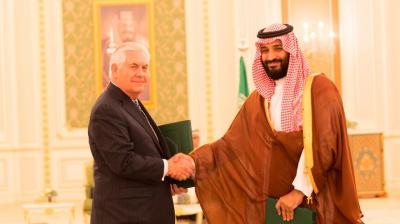The Saudi-Emirati axis and the preservation of regional order
The Arab uprisings of 2011 spurred the emergence of a Saudi-Emirati axis that sought to mitigate and – where possible – eliminate challenges posed by what these countries perceive as the so-called ‘triple threat’ to the regional order of the Middle East and North Africa: Iran, the Muslim Brotherhood and violent extremist groups. Using a variety of foreign policy instruments - including military intervention and strategic outreach, funding allies and proxies as well as supporting religious networks and media outlets – the axis substantially shaped or influenced the domestic and regional events that occurred in the wake of the Arab uprisings. Broadly speaking, the Saudis and Emiratis have been successful in maintaining a monarchical/authoritarian pole in the region’s political order in their quest for domination. They have succeeded in doing so mainly through the use of soft power (finance, religious influence and media framing) in relation to weaker ‘client’ states in the region such as Bahrain, Jordan and Morocco. Their military interventions have generally not achieved their intended objectives and Saudi as well as Emirati shortcomings have been on full display in Yemen, Libya and Syria. While both countries were unable to prevent the emergence of a more multipolar regional order that includes Turkey and Iran, they have effectively helped smother popular calls for political renewal. Growing regional geopolitical competition has, however, not gone hand in hand with growing domestic turmoil. The vast financial reserves, increasing hard power and substantial reservoirs of soft power of both Saudi Arabia and the Emirates ensures that they will continue to act as defenders of the monarchical status quo of the Gulf region and its web of client states in the foreseeable future, even as competition between both partners increases at the same time.
Read online report.





